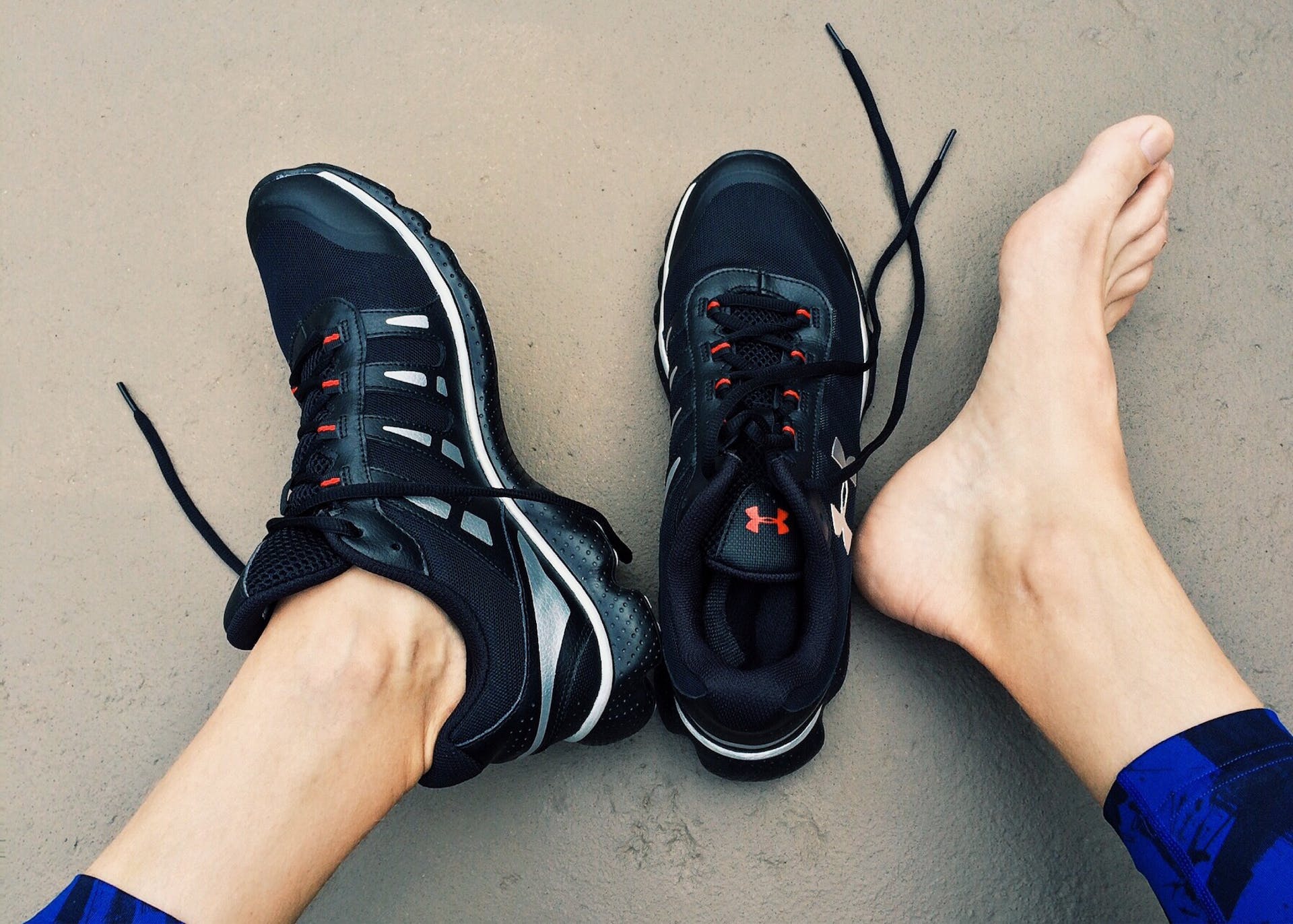At this time of year, we often hear about vitamin D, but still many adults in the UK don’t get enough – so our Chiropractor Jessica has taken a look at what we use it for, why we need it and how we can the amounts our bodies need.
Vitamin D is an essential vitamin and is one of the 24 micronutrients critical for human survival. While most vitamins and minerals can be obtained through a healthy and varied diet, only a small amount of vitamin D can be absorbed from food such as oily fish, egg yolks, red meat and fortified foods like cereals.
It is commonly referred to as the sunshine vitamin as in the summer months, we tend to be able to get enough vitamin D from exposure to the sun. The suns ultraviolet B (UVB) rays interact with a protein in the skin when it is exposed to sunlight, which is then stored in the fat cells in the body where it remains inactive. When its needed, it is carried to your liver and then your kidneys to transform it into the active form of vitamin D, which is also known as calcitriol.
Why do we need vitamin D?
Vitamin D is needed to keep our bones healthy by increasing how much calcium can be absorbed. When we are lacking in vitamin D, our bodies can only absorb 10-15% of the calcium from our diet compared to the 30-40% absorption when we have normal reserves. This means that chronic low levels of vitamin D lead to low bone calcium stores, increasing the risk of fractures and the likelihood of osteoporosis.
Studies have also found that when our levels are low there is an increased risk of bone pain, bone fractures, muscle pain and muscle weakness. In older adults, severe vitamin D deficiency may also contribute to an increased risk of major falls.
Further still, it is needed for the maintenance of normal muscle function and the function of the immune system. Low levels have been linked to increased fatigue and low mood such as seasonal affective disorder (SAD). Although the precise mechanisms are still unclear, vitamin D has also been found to support cardiovascular health, has neuro-protective qualities which reduce the chance of Dementia in later life, and it is suggested it may be protective against autoimmune conditions.
How can we get enough vitamin D?
One of the easiest ways to get enough vitamin D is to get out in the sunlight. However, in the UK the sun is not strong enough from late September to early April, so most of us are insufficient or deficient by the start of spring. A quick way to test if the sun is strong enough is to look at your shadow; if your shadow is longer than you are, the sun is too far away and weak, so you won’t be able to make much vitamin D. But if your shadow is shorter than you, the sun is closer and stronger, and you will be absorbing the most you can!
Its worth noting that only the skin that is exposed to the UVB from the sun will be able to make vitamin D. Therefore any skin covered by clothing or with sun tan lotion of SPF 30 or higher will not be able to help produce vitamin D. Small amounts of careful exposure in spring and summer of your lower arms and legs for a few minutes will help to boost your vitamin D production. You do not want the skin to go pink as this would indicate burning, so please be careful with any sun exposure when you are not wearing lotion to reduce the risk of skin damage and skin cancer.
In the winter months when the sun is not strong enough, we can get a small amount of vitamin D from our diet and we can also top up with supplements. Not all supplements were created equal so taking a high-quality supplement with the correct dosage is important.
From a functional optimum perspective, we tend to recommend that people aim for 4000 IU (International Units) a day when taking a supplement. Most supplements available will be providing much less than this so check the dose on the label and ask us for recommendations if you need to up your daily amount to reach the optimum level.
Some vitamin D supplements will also come with vitamin K2, which helps the bone to absorb the calcium further. This promotes the calcium being absorbed where it is needed and prevents excess calcium collecting in the arteries. This in turn promotes healthy blood flow and heart health.
It is important to remember that we should not need to take the supplements in the summer months if we are getting natural sun exposure when our shadows are shorter than we are. It is also possible to have too much vitamin D, so balance is key.
When and how to take vitamin D
As vitamin D is a fat-soluble vitamin, it is recommended that you take the supplement with foods containing some fat to help absorption. Avocados, nuts, seeds, full-fat dairy products and eggs are nutritious sources of fat that help boost vitamin D absorption.
There are anecdotal reports that taking vitamin D later in the day can interfere with a healthy night’s sleep, although this is yet to be proved. So experiment and check which time works best for you. The key is to take Vitamin D regularly.
Please note: If you have high levels of calcium in your blood, or suffer from chronic kidney disease or heart disease, you should speak to your GP before taking Vitamin D. Do not exceed the recommended dose as it could be harmful.
If you have any questions on the importance of vitamin D or which supplement to take, please get in contact or call us on 01452 883232 to speak to one of the team.
Author: Jessica Davey










